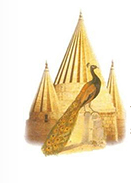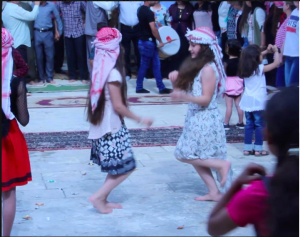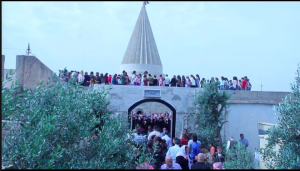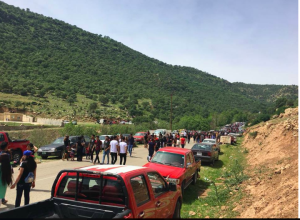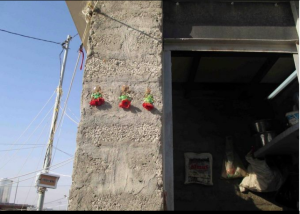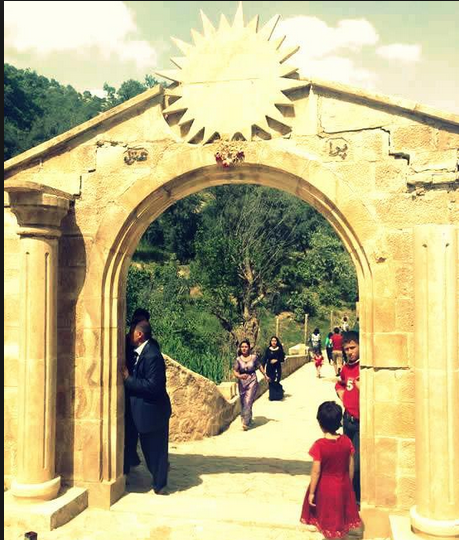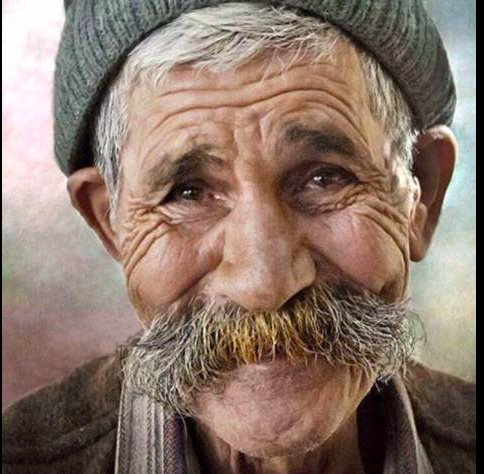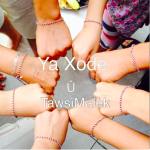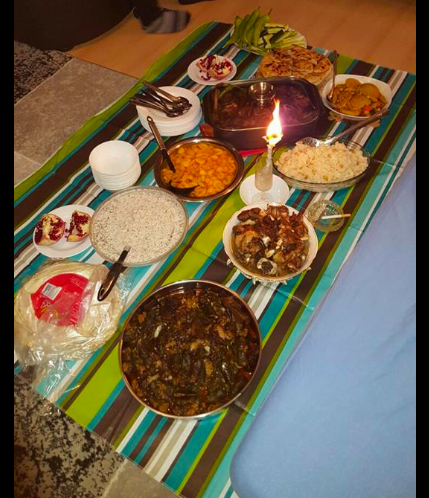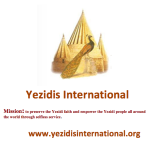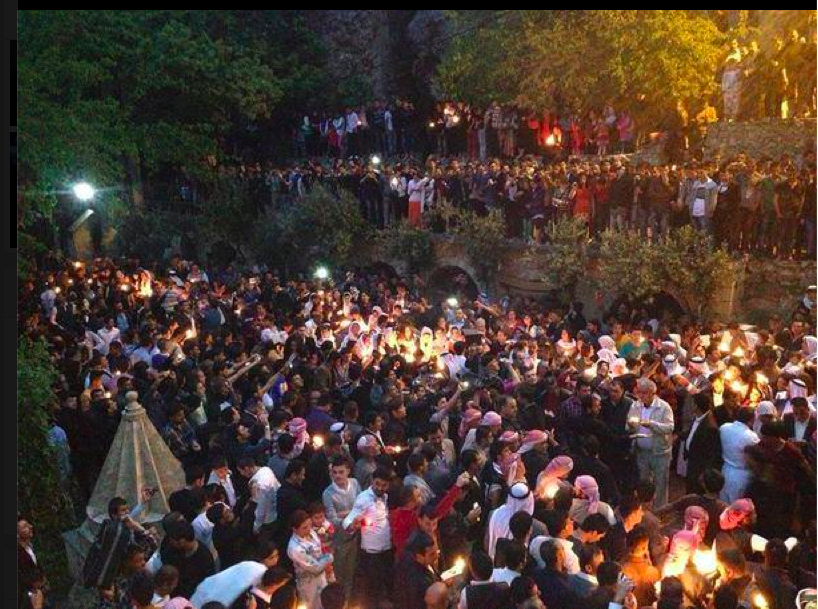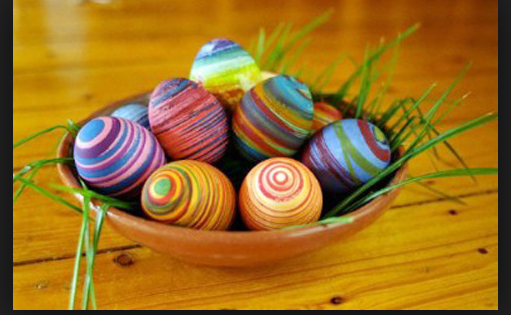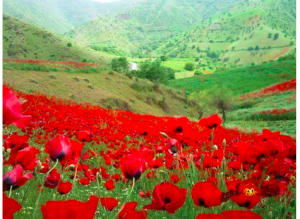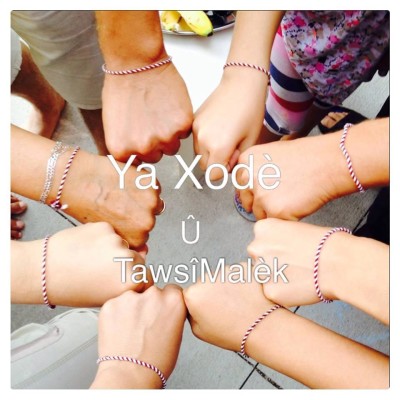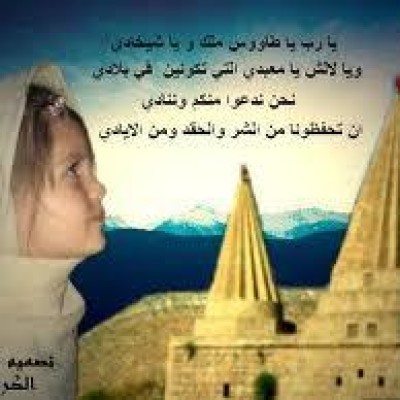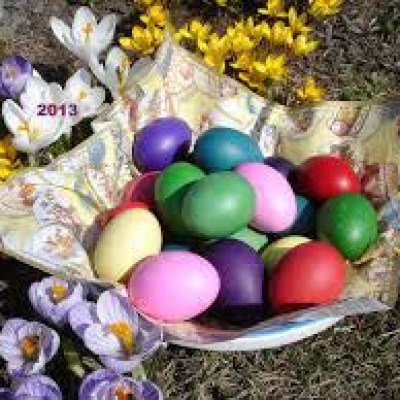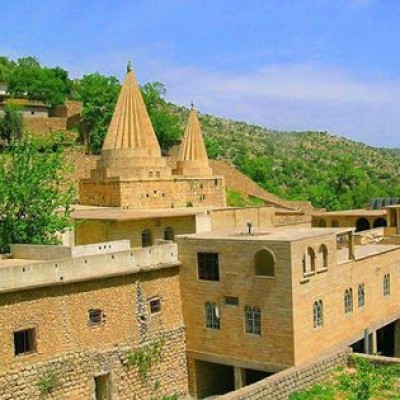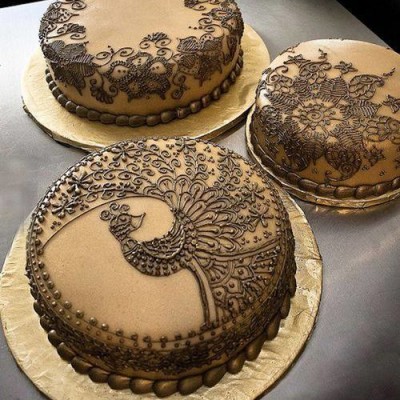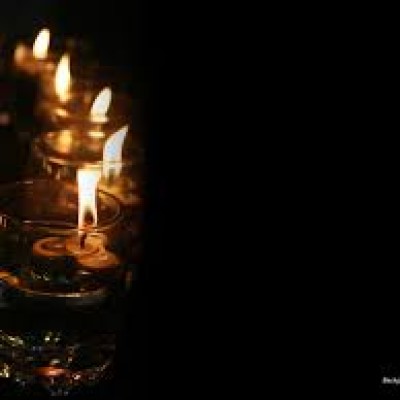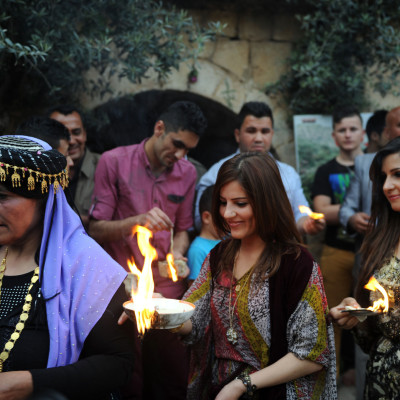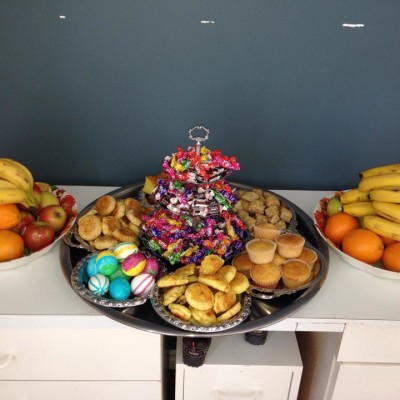Yezidis calendar is filled with holidays and festivals. Sometimes, Yezidis celebrate holidays that are celebrated by the people they are surrounded by. This is partly due to their belief that all religions are to be respected. For example, in USA many Yezidis celebrate Thanksgiving Day and some even decorate their houses with Christmas trees and lights during Christmas. Yezidis worldwide participate in celebration of the New Year even-though their own new year,known as Ser Sal, falls in April. Sometimes, Yezidis have adopted holidays as well as costumes of others as a protection mechanism. They have faced many genocides and have a long dark history because they are a minority group and are a distinct religious ethnic group
Some of Yezidis Holidays and Festivals:
- Ser Sal or Charshma Sere Nissana
- Parade of the Sanjaq Event
- Jamayi (Eda Hechiya) October 6th-13th
- Roji and Eda Rojiet Ezi (Fasting and Feast of Ezi)
- Batzmi
Part II of the Yezidi New Year: Parade of the Sanjaq
One of the most important events of the Yezidi New Year is the Parade of the Sanjaqs or Parade of the Peacock. Bronze lamps surmounted with peacocks are taken from their normal home, the residence of the Yezidi Prince, and are paraded through many of the Yezidi villages. The Sanjaqs, which came from the Yezidi homeland of India, are the most precious sacred objects among the Yezidi. Originally there were seven Sanjaqs, one for each of the Seven Sacred Angels, but five were taken in 1892 by the Turkish Muslims. Of the two remaining Sanjaqs, the largest and most sacred one is the Sheikhani Sanjaq, the Sanjaq directly associated with Tawsi Melek. The two Sanjaqs are taken in procession to the Yezidi villages by the qewels, who then remain in each village for one night while giving discourses to the inhabitants on Yezidi spirituality.
Roji and Eda Rojiet Ezi (Yezidi Fasting)
The Three Day Fast of December is one all Yezidis are expected to observe. Fasting occurs from dawn until sunset, and the nights are given to feasting, merry making and some prayer. This is also the time for fasting in other ancient traditions, time to connect with the divine, celebrate and pray for world peace. Time to connect with our neighbors and the global village we live in.
As for the Eda Rojiet Ezi or Feast of “Ezi or the Almighty” , it falls on Friday after three days of fast according to oriental calendar. in 2015, the holiday fell on December 18th.
The Yezidis have a calendar which is around 7000 yrs old. Yezidis have been subjected to 74 genocides in history and lately at the hands of ISIS. Despite all odds Yezidis survive till this date with the message of peace and universal wellbeing for all of humanity.
A proper way to wish others happy holiday at this time would be to say
Eida Rojiet Ezi – Feast of Ezi (name of the holiday)
Eida Wa Piroze Be – Happy Holidays to you all
